Articles
Discover Milford Sound through a local lens. Our articles share tips, insights, and inspiration — from weather updates to planning your South Island adventure.
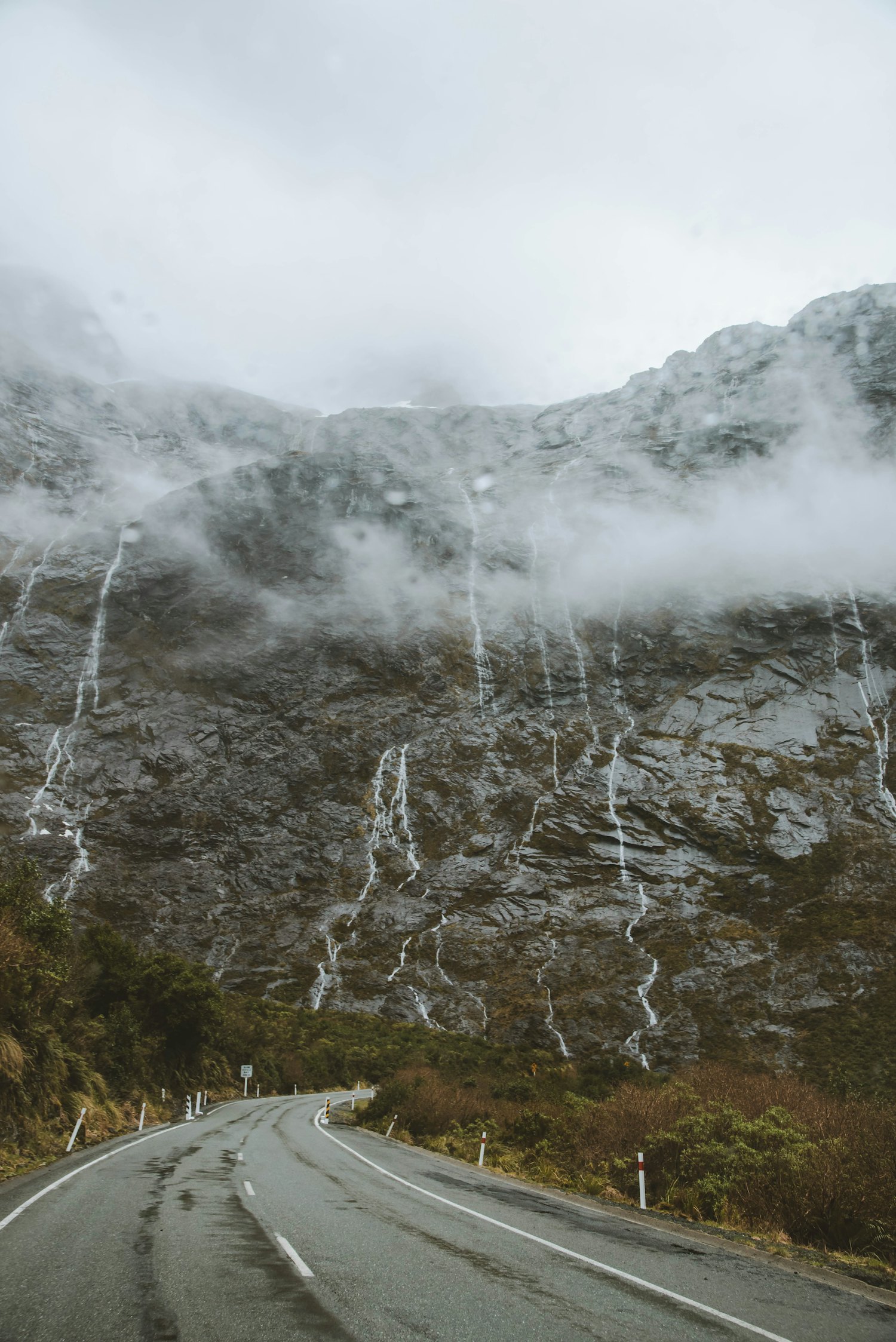
Driving from Te Anau to Milford Sound
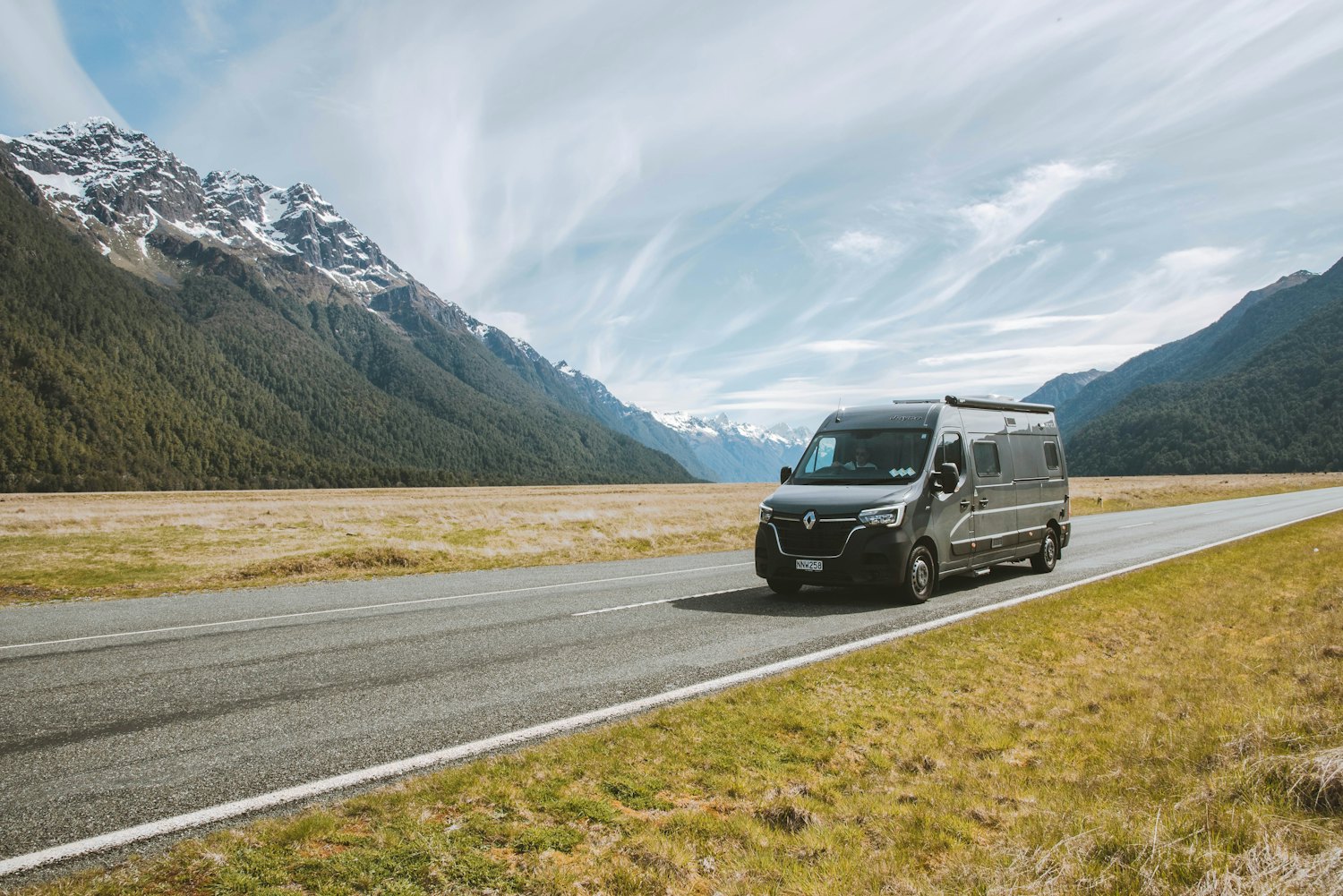
Is the Milford Road open?
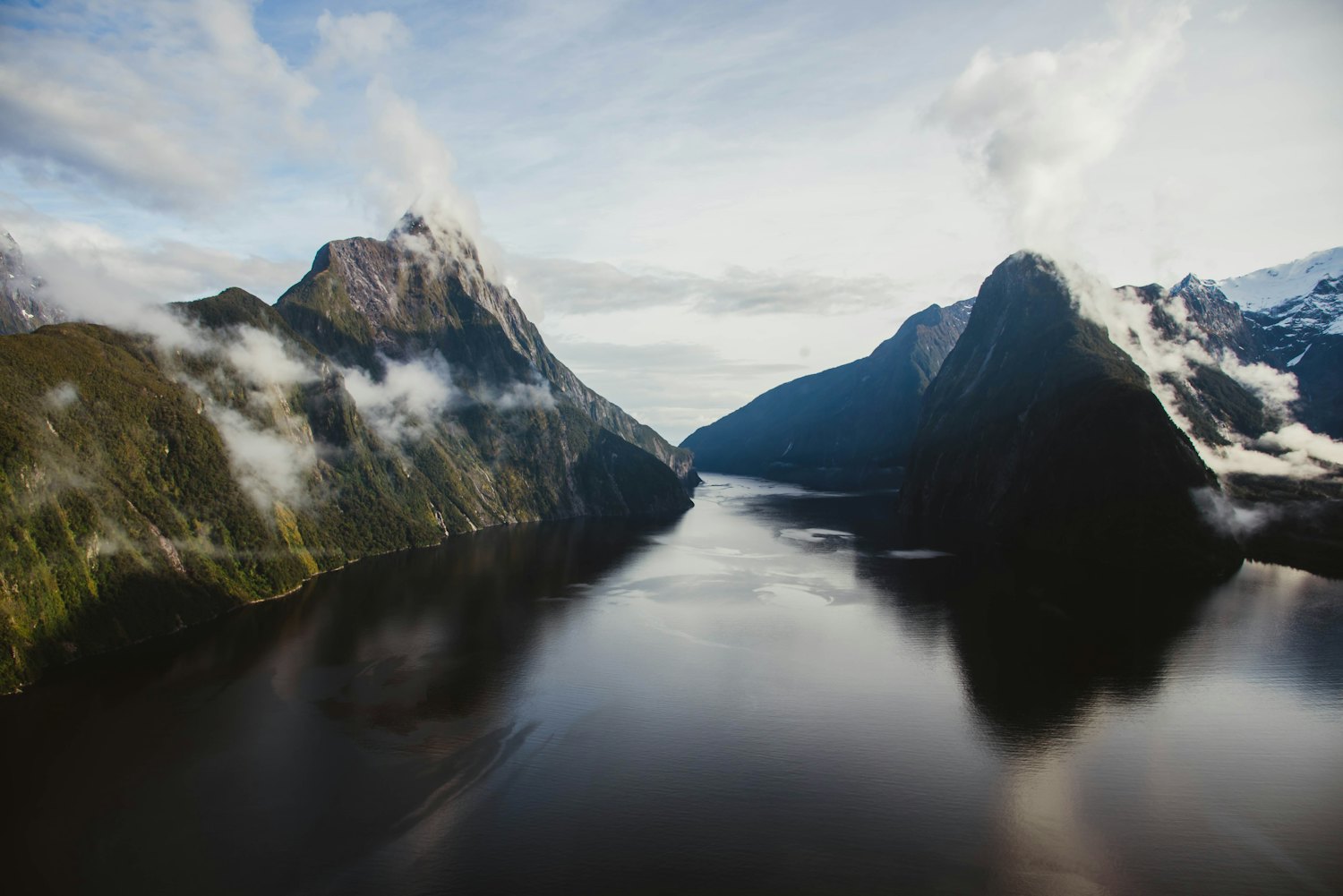
What to Expect When Visiting Milford Sound
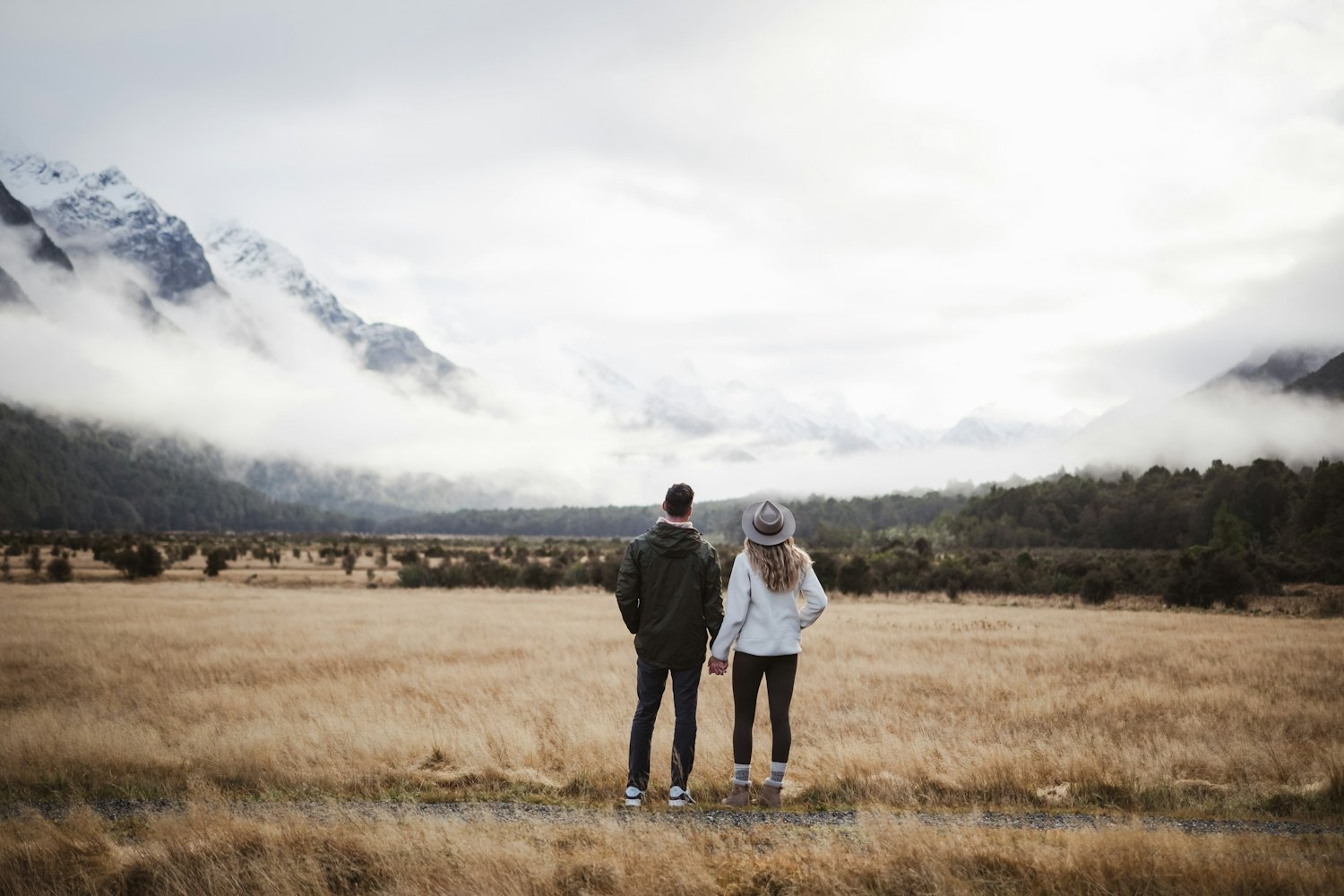
Day walks in and around Milford Sound
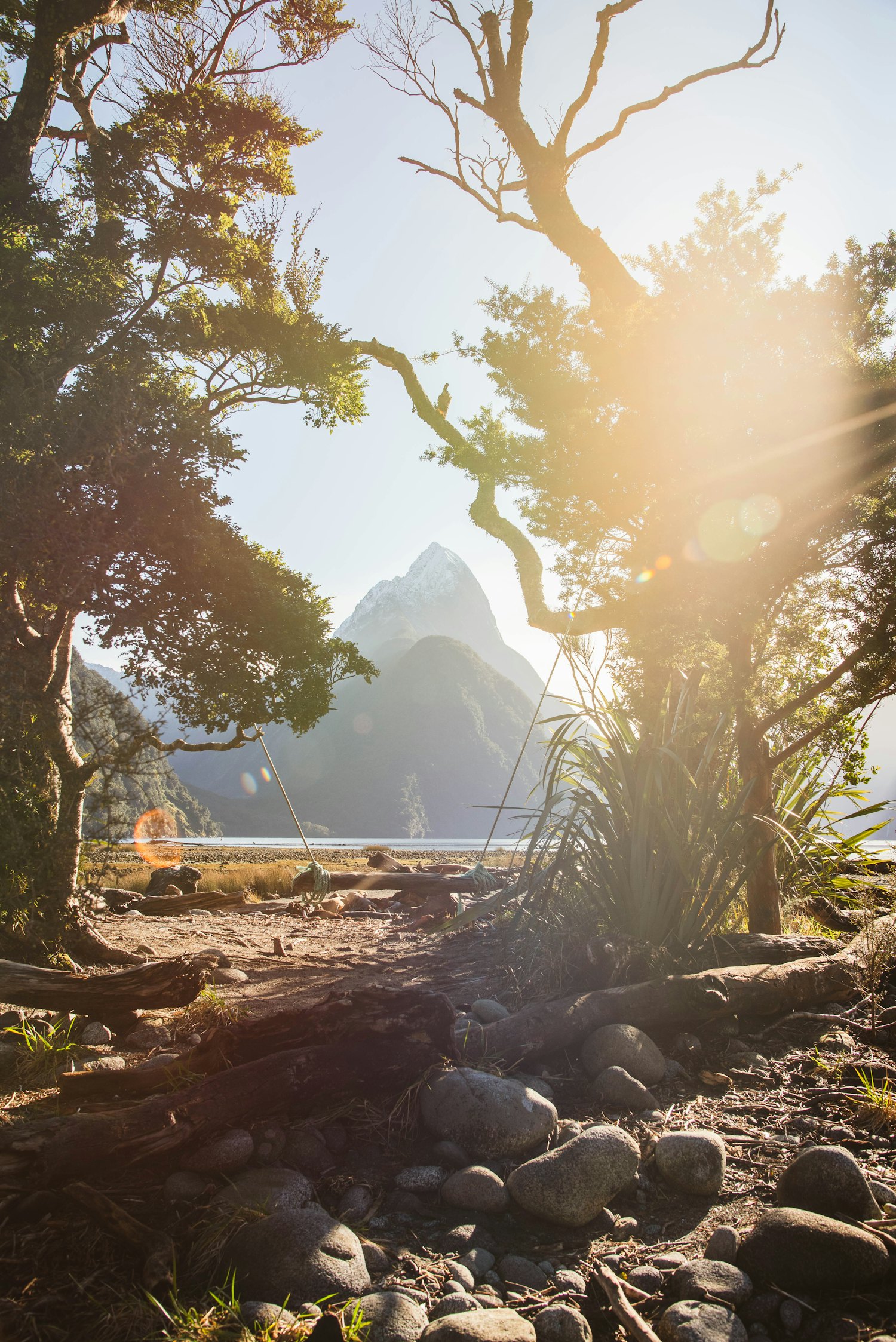
Milford Sound Weather
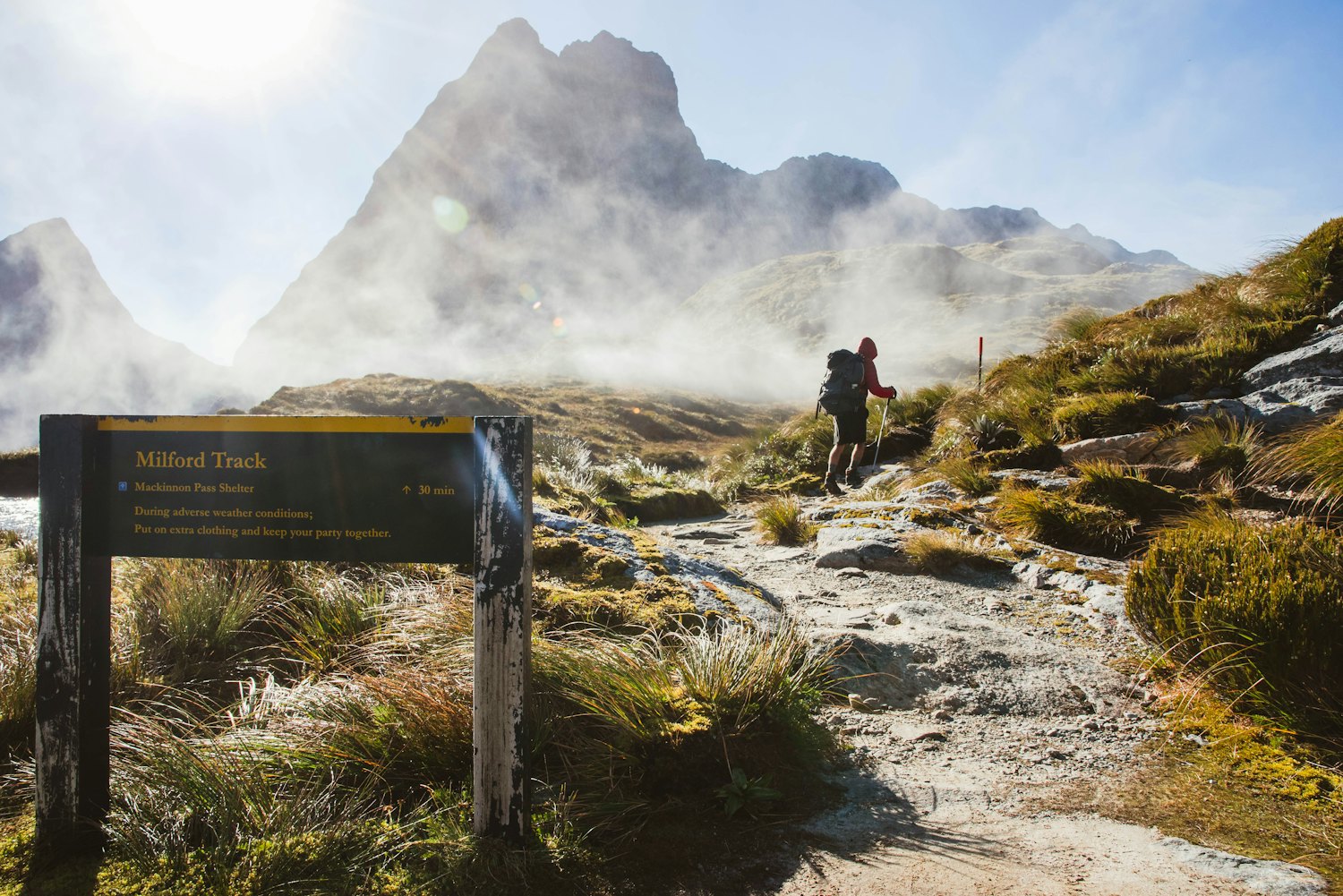
Walking the full Milford Track
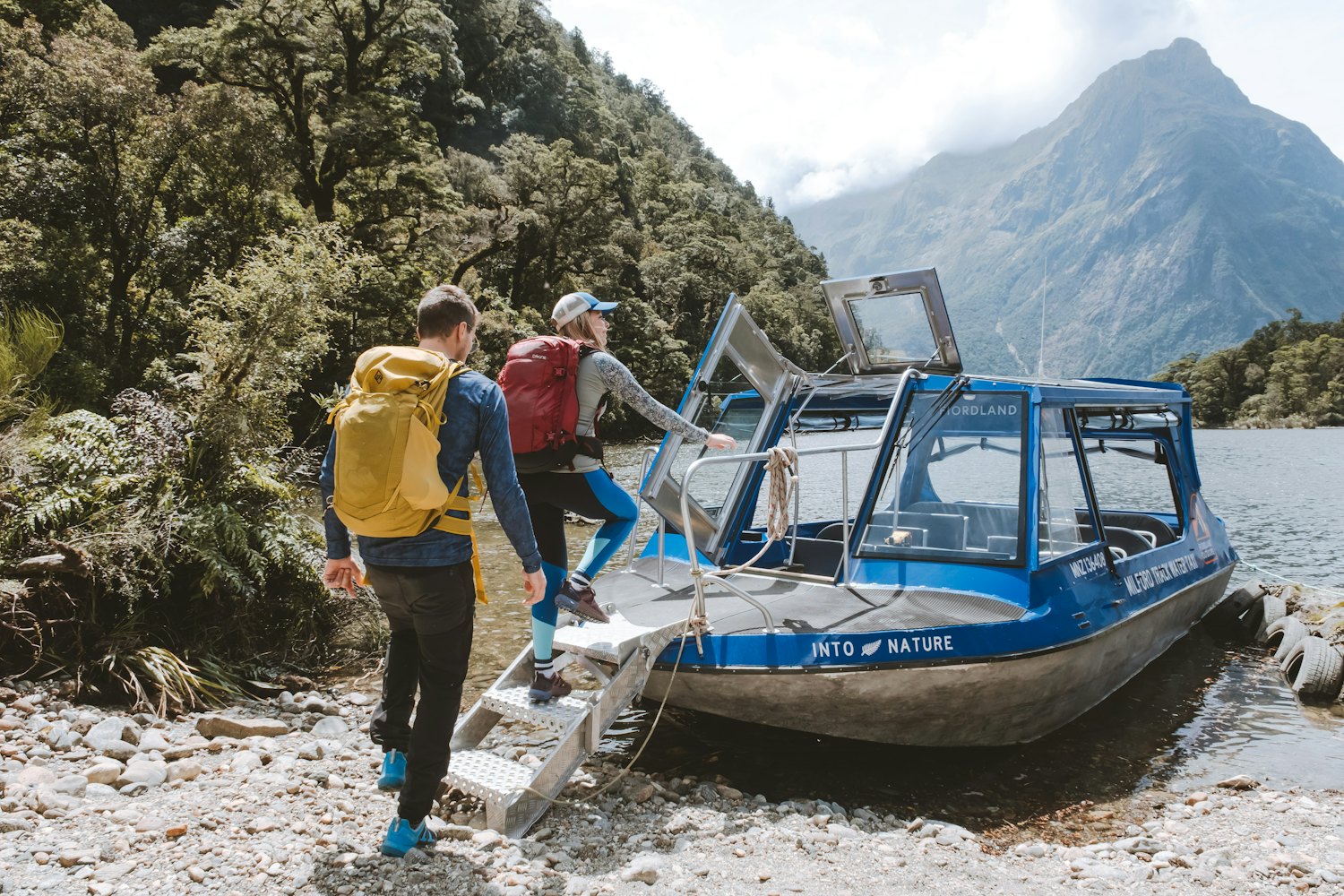
Milford Track Transport

5 Reasons to Visit Milford Sound in Winter
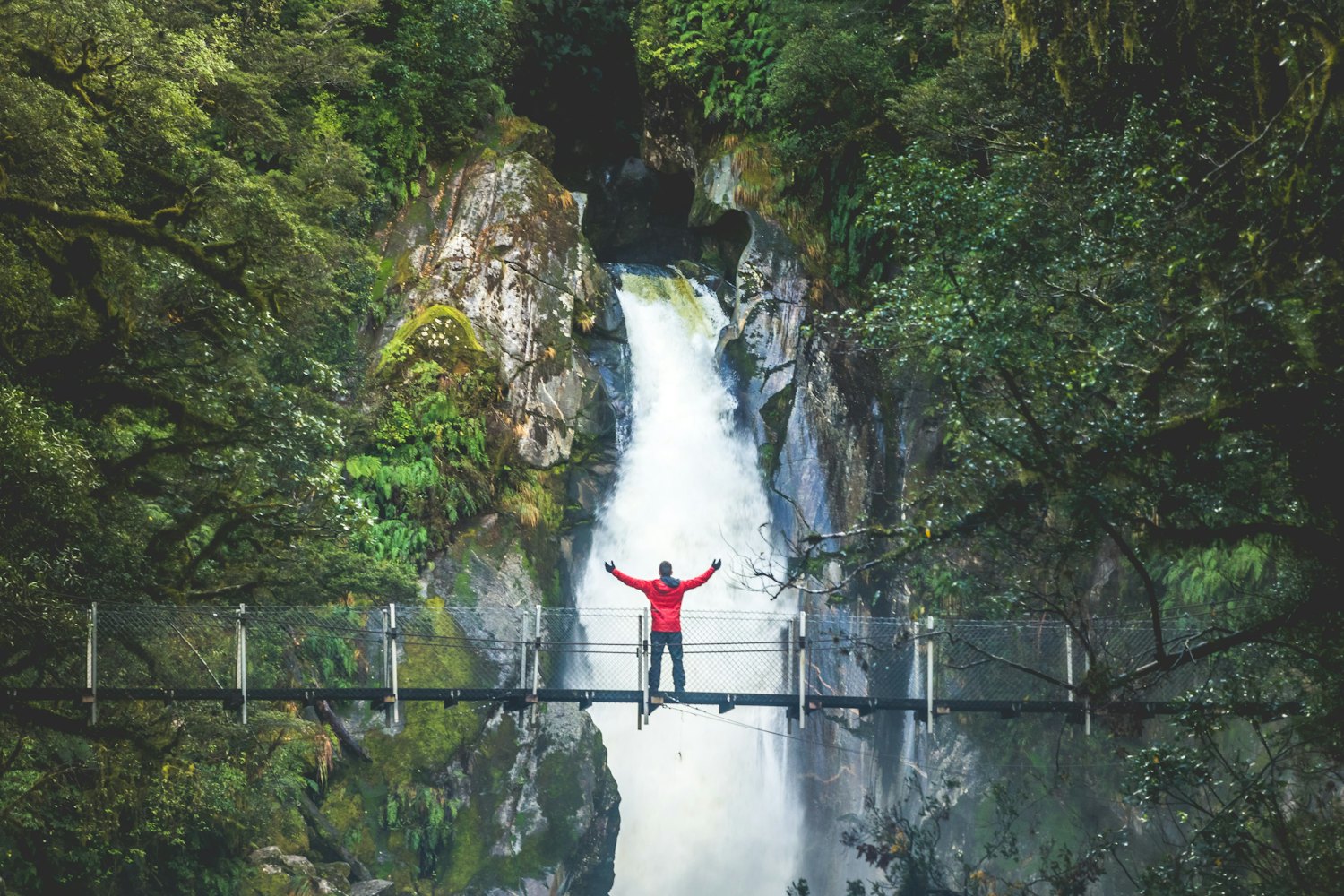
The top 6 waterfalls to see in Milford Sound
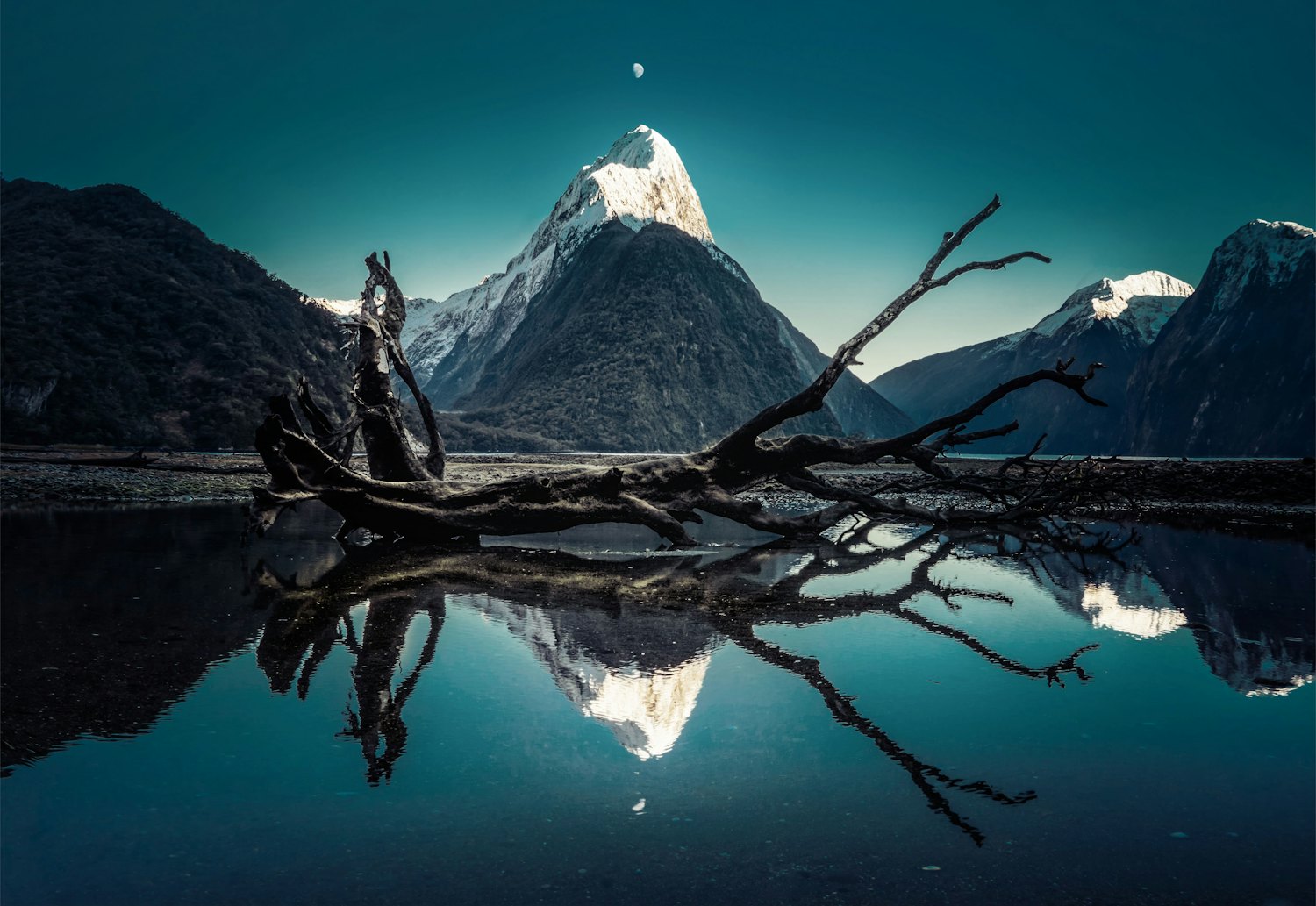
Finding Milford Sound’s Best Photography Hot Spots

Why Milford Sound Is the Ultimate Honeymoon Destination in New Zealand
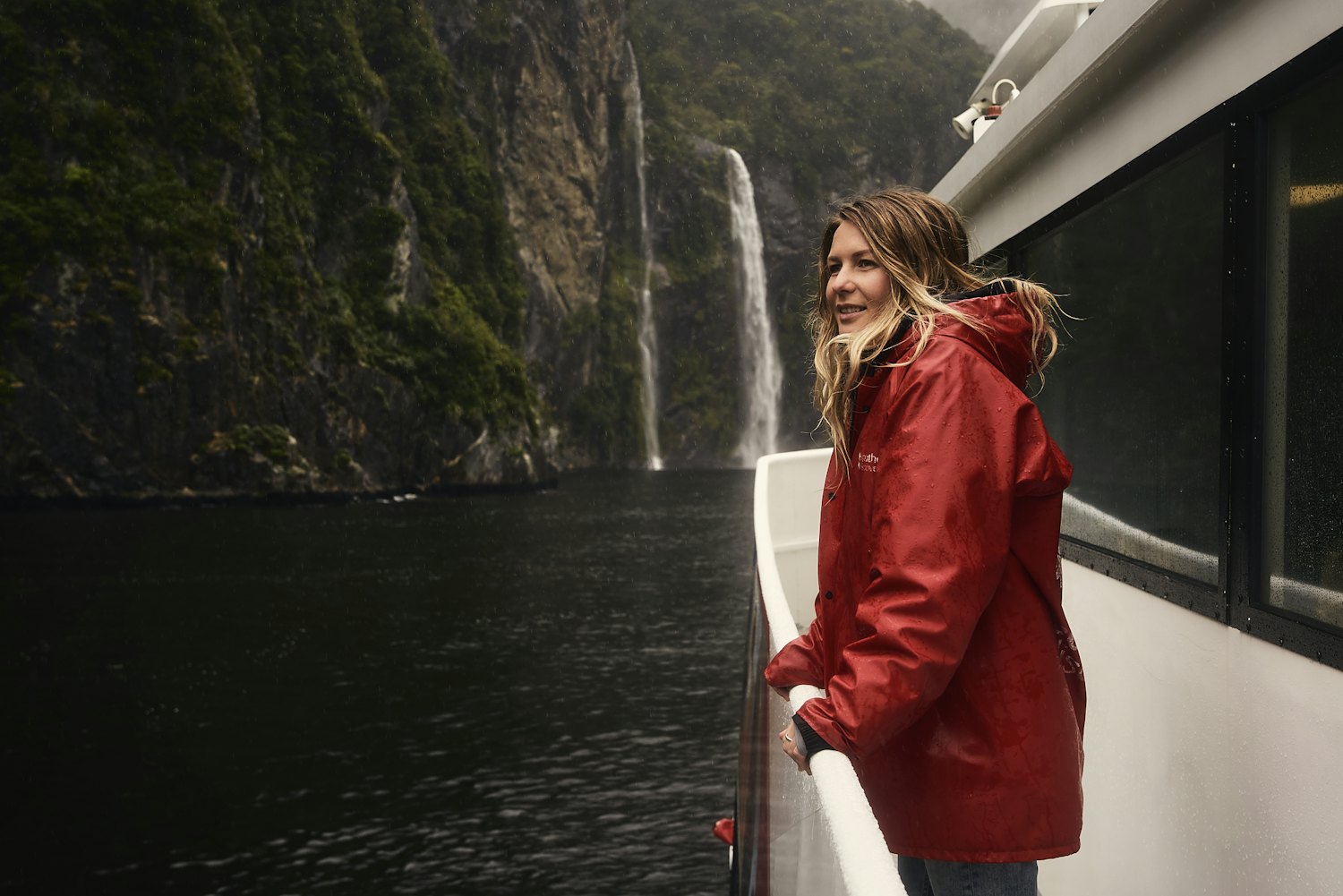
Kayaking or Cruising Milford Sound?
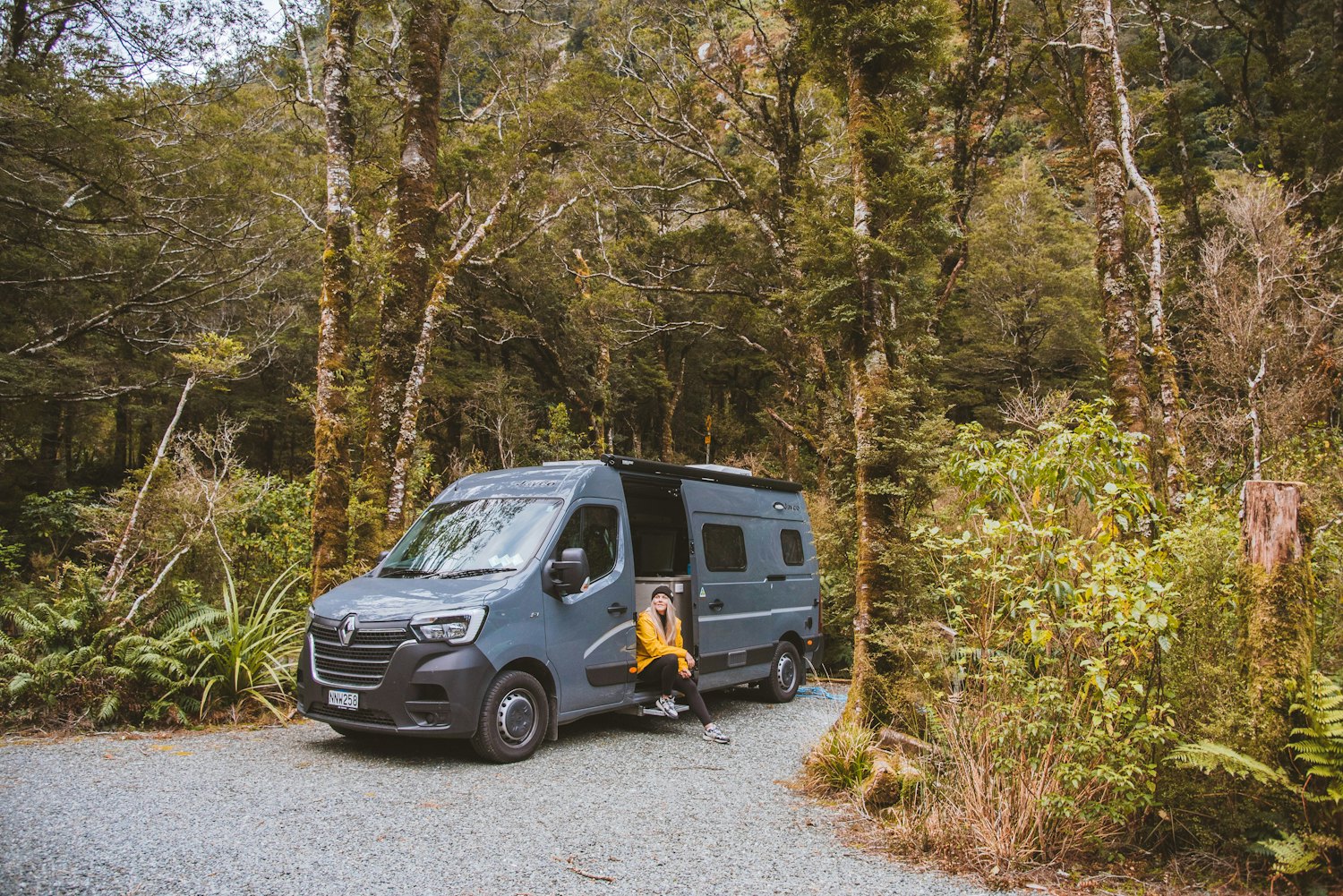
Ultimate 7-day Campervan Itinerary

The History of Milford Sound
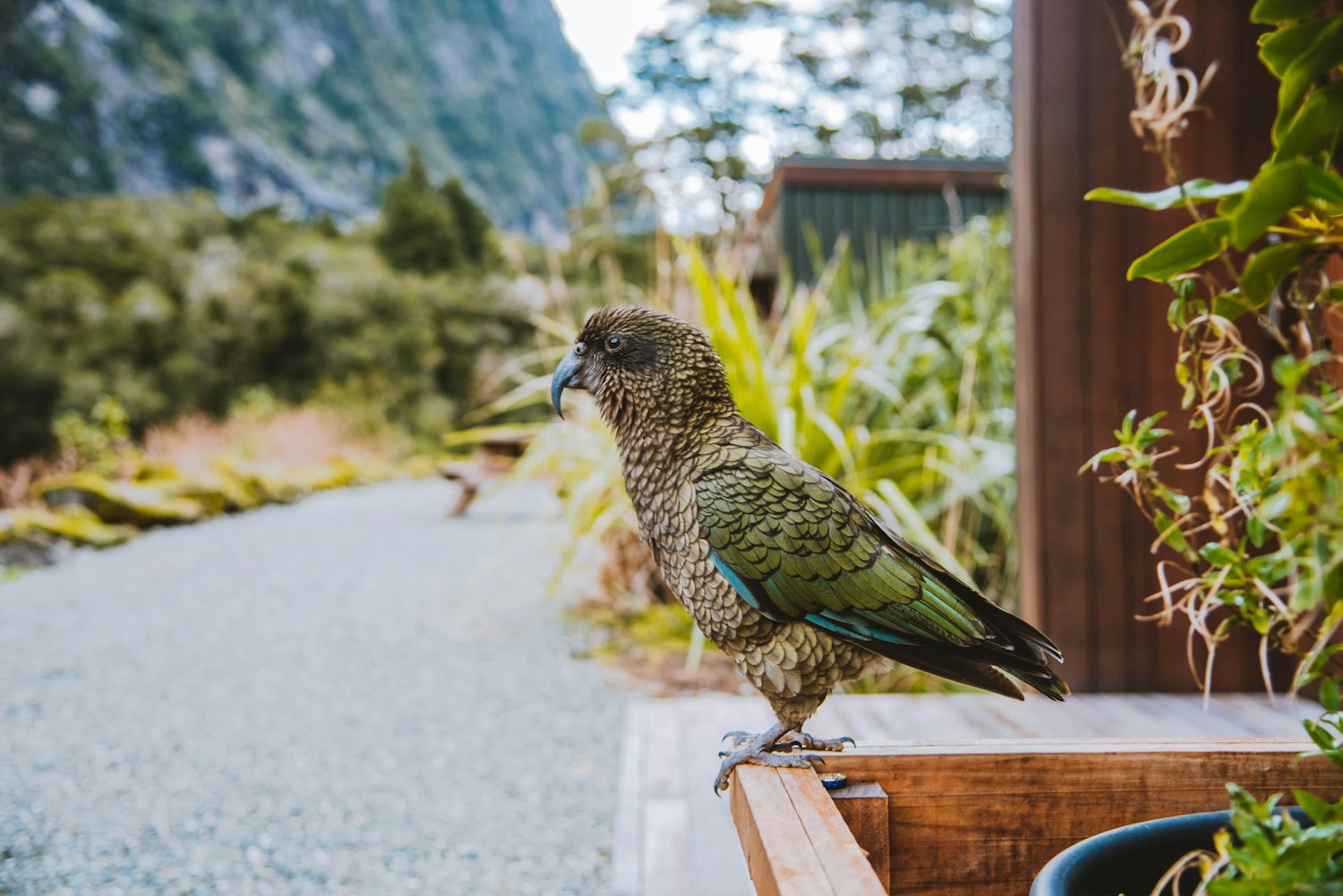
Milford Sound Wildlife, Flora & Fauna
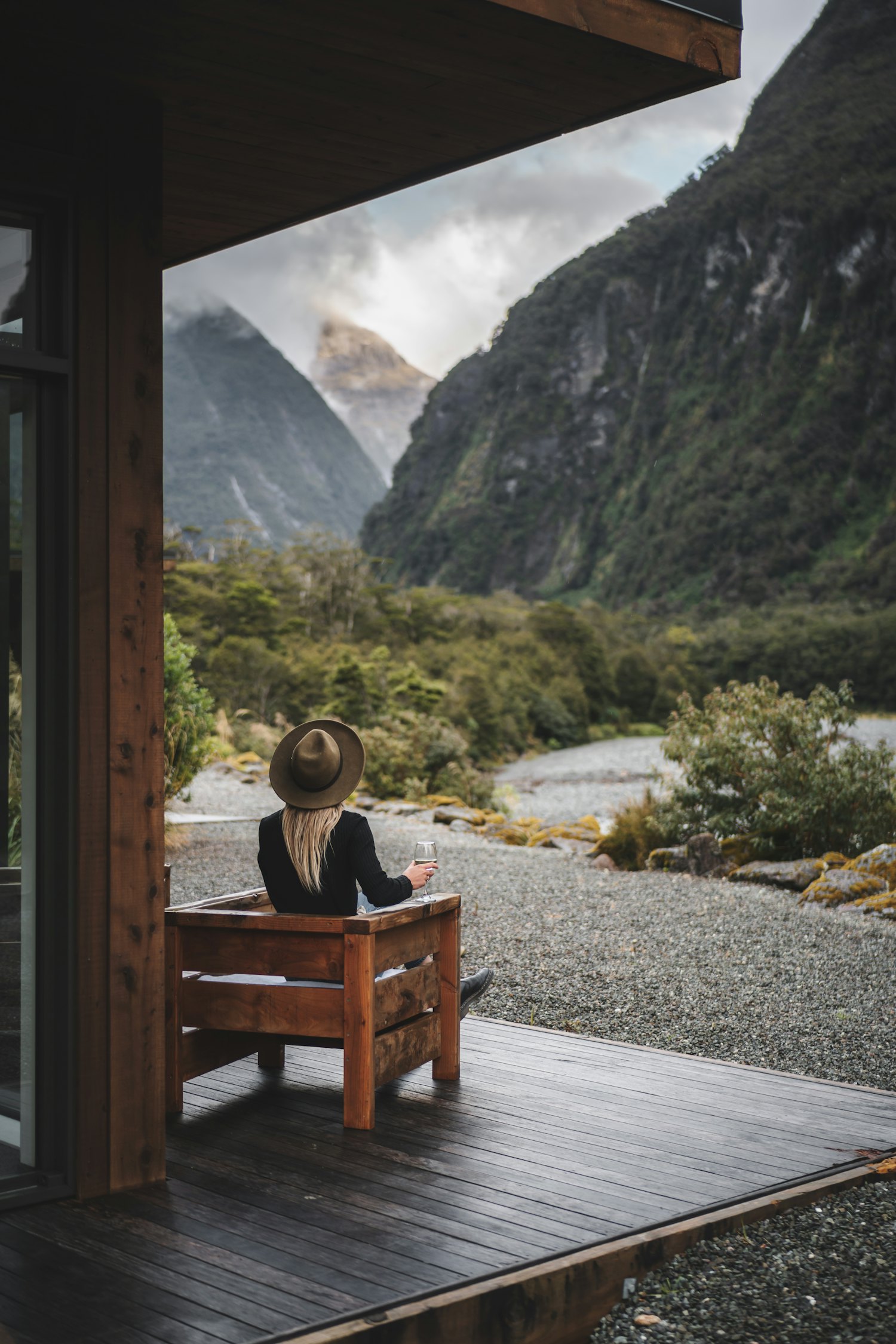
History of Milford Sound Lodge